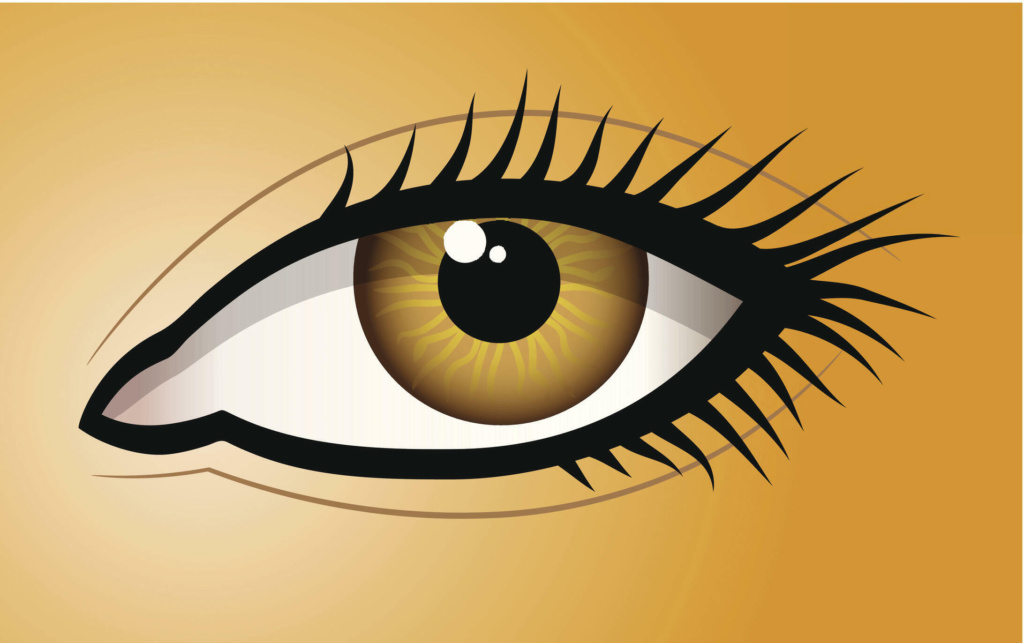
Unveiling the Extraordinary: Autism’s Special Talents and Unique Abilities
Autism, a neurodevelopmental disorder that affects an individual's social interaction and communication skills, has long been surrounded by misco....
Read More
In the context of India, understanding the prevalence of autism and its associated challenges is paramount. According to the Indian Journal of Psychiatry, the prevalence of autism in India is estimated to be around 1-2% of the population. However, there is a pressing need for increased awareness and early intervention, as many individuals on the spectrum in India may go undiagnosed.
In the realm of autism spectrum disorders (ASD), the significance of autism eye contact is a topic that has garnered substantial attention. Dedicated to the well-being of autistic children and adults, we at IAC delve into the nuanced relationship between autism and eye contact. This exploration not only demystifies the often-misunderstood dynamics but also sheds light on practical strategies and activities designed to enhance eye contact for autistic individuals.
Autism, a neurodevelopmental disorder characterised by challenges in social interaction and communication, often manifests distinct patterns of eye contact behaviour. For many, making eye contact can be an intricate task, and the degree to which autistic individuals engage in eye contact can vary significantly.
Our commitment to empowering autistic individuals includes the implementation of specialised autism and eye contact activities geared towards improving eye contact. Recognizing the unique needs of each individual, we tailor these activities to foster a sense of comfort and build confidence in social interactions.
Incorporating interactive games that involve eye-tracking exercises can be beneficial. These games, designed with input from therapists and educators, aim to make the process enjoyable while subtly encouraging eye contact.
Introducing visual supports, such as social stories and visual schedules, can provide a structured framework that helps autistic individuals navigate social situations. These tools serve as aids in understanding the importance of eye contact and when it is most appropriate.
Utilising modelling techniques involves demonstrating appropriate eye contact behaviour through videos or live interactions. This technique can be particularly effective for individuals with high-functioning autism who may benefit from observing and imitating social cues.
Contrary to common misconceptions, the lack of eye contact does not universally signify autism, nor does good eye contact necessarily exclude an individual from being on the spectrum. The spectrum nature of autism implies a wide range of behaviours and abilities, and eye contact is just one facet of this complex disorder.
While some autistic individuals maintain good eye contact, it's crucial to recognize that this does not negate their autism diagnosis. High-functioning autism, characterised by relatively mild symptoms and strong cognitive abilities, may include individuals who exhibit typical eye contact behaviour.
Conversely, the absence of eye contact does not automatically point to an autism diagnosis. Various factors, such as cultural differences, social anxiety, or sensory sensitivities, can contribute to poor eye contact in autistic individuals.
When it comes to eye contact, a study conducted by the National Institute of Mental Health and Neurosciences (NIMHANS) in Bangalore found that a significant number of autistic individuals in India exhibit challenges in establishing and maintaining eye contact. This underscores the importance of tailored interventions and support systems for this population.
We at IAC, committed to creating impactful change in the lives of autistic individuals, advocate for evidence-based practices to improve eye contact by encouraging activities to improve eye contact in autistic individuals. Recognizing that each individual is unique, our approach emphasises a combination of therapeutic interventions and practical activities.
Engaging in activities that enhance visual attention, such as following moving objects or tracking visual stimuli, can contribute to improved eye contact over time.
Acknowledging the sensory sensitivities often associated with autism, we incorporate sensory integration activities into our programs. This includes activities like textured play, swinging, and deep-pressure exercises to create a conducive environment for developing eye contact skills.
Collaborating with experienced therapists, we integrate social skills training into our programs. These sessions focus on teaching autistic individuals the nuances of social interactions, including the appropriate use of eye contact.
We at IAC recognize the pivotal role that eye contact plays in fostering meaningful connections. By dispelling myths surrounding autism and eye contact, and by implementing targeted activities and interventions, we strive to empower each individual to navigate the social world with confidence. In the diverse tapestry of autism, we find strength, resilience, and the potential for growth, one meaningful gaze at a time.